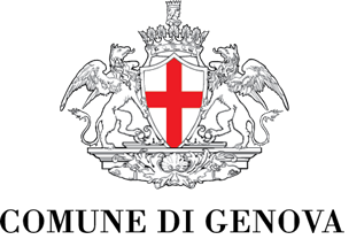Click here to view image
Crucifix of the Caravana
Compagnia dei Caravana 1926 Genova - donazione
ambito germanico
sculpture
1340 - 1340 - XIV
MSA 253
Unità di misura: cm; Altezza: 212; Larghezza: 138; Profondità: 45
legno di cirmolo scolpito- dipinto
LA SACRA SELVA. SCULTURA LIGNEA IN LIGURIA TRA XII E XVI SECOLO - GENOVA - 2004
The wooden crucifix is currently attributed to a German artist and dated to around 1340, the year in which the Compagnia dei Caravana, made up of dock labourers generally from Bergamo, built their chapel in the church of the Carmine. The work has been related to the sorrowful crucifixes of the Rhenish-Westphalian current due to its great expressive force and the bare, contracted body (cf. Crucifix of St. Maria Im Kapitol, Cologne, first decade of the 14th century), from which it differs, however, in its less exasperated nature (Botto 1994, pp. 8-14, 45; Di Fabio 2004, pp. 124-125). Devoid of the original cross, it was perhaps equipped with a gem-studded cross in imitation of the tree of life, like most of these. The Caravana crucifix is similar to the one in the church of San Pietro in Gimignano and the one in the church of Santa Margherita in Cortona, so much so that it can be assumed that they are the work of the same hand (Di Fabio 2004, p. 124). It is also about thirty years after the crucifix in the Church of the Magdalene, also the work of an active German artist. The artefact, therefore, fits into the cultural panorama of Liguria in the early 14th century, characterised by the presence of artists from the German area who came into contact with and were influenced by the artistic culture of Pisa, Siena and Umbria (Di Fabio 2004, p. 124; Donati 2004, pp. 25-27). Christ crucified represented with the body gaunt and contracted, the head reclined on the chest and falling to the right with eyes closed and mouth open, arms outstretched. His hips are encircled by a loincloth with two drooping flaps. A clot of blood oozes from the deep wound in the ribcage and the skin of the right foot is torn, leaving the bones exposed.



